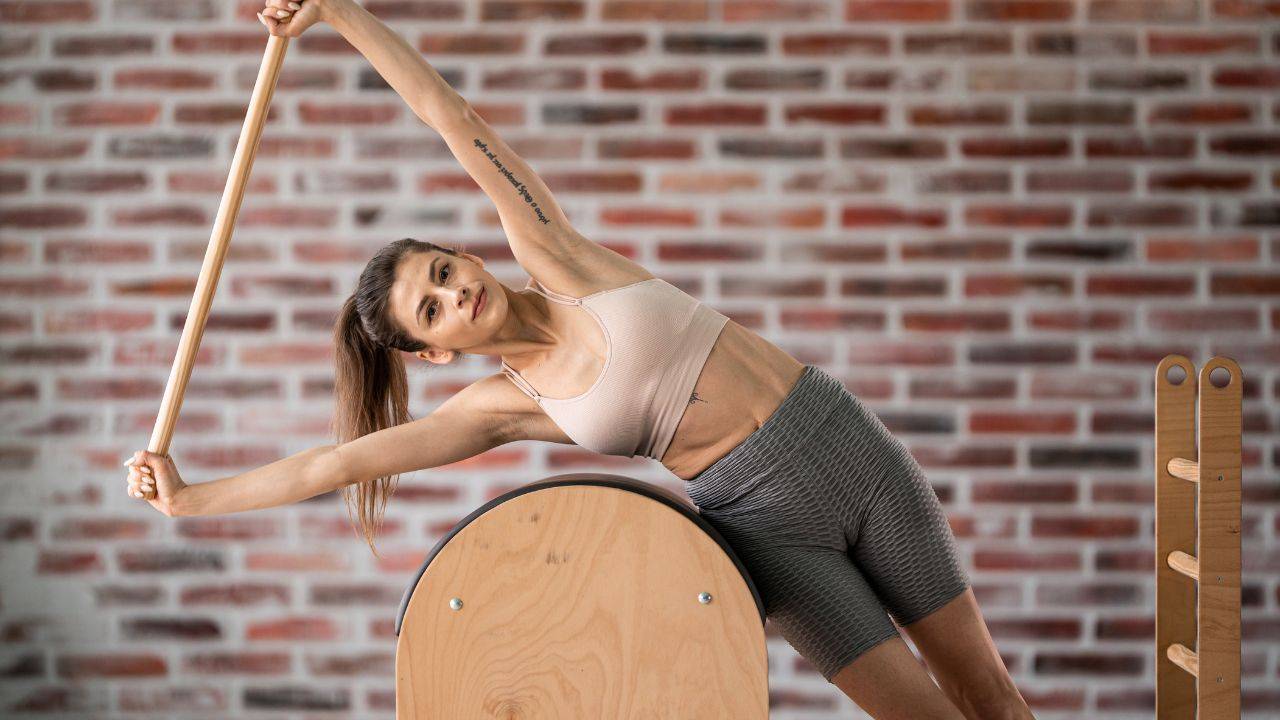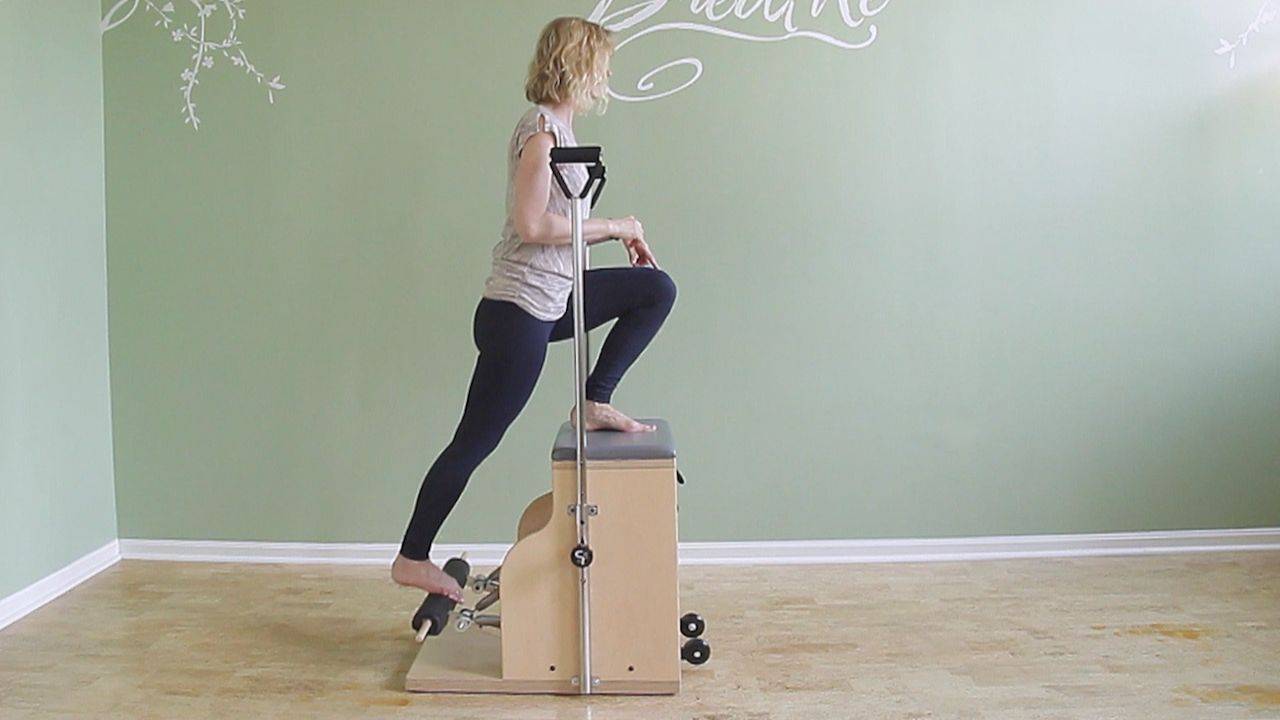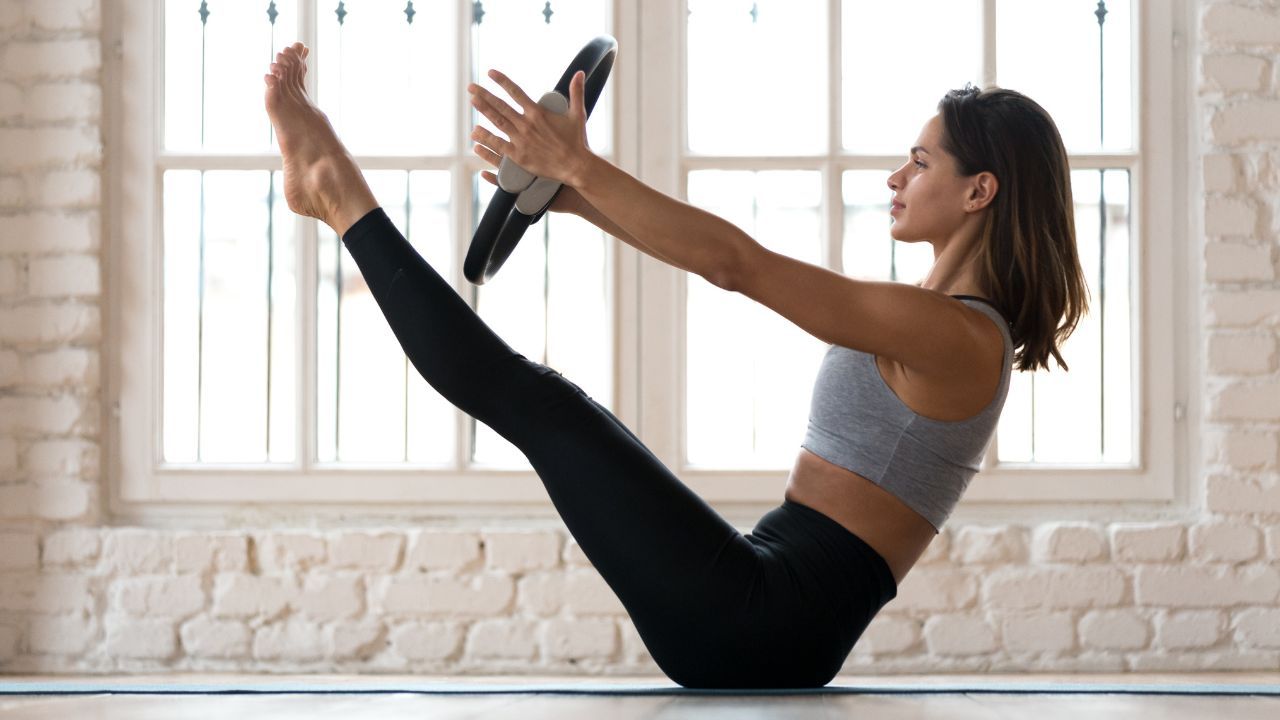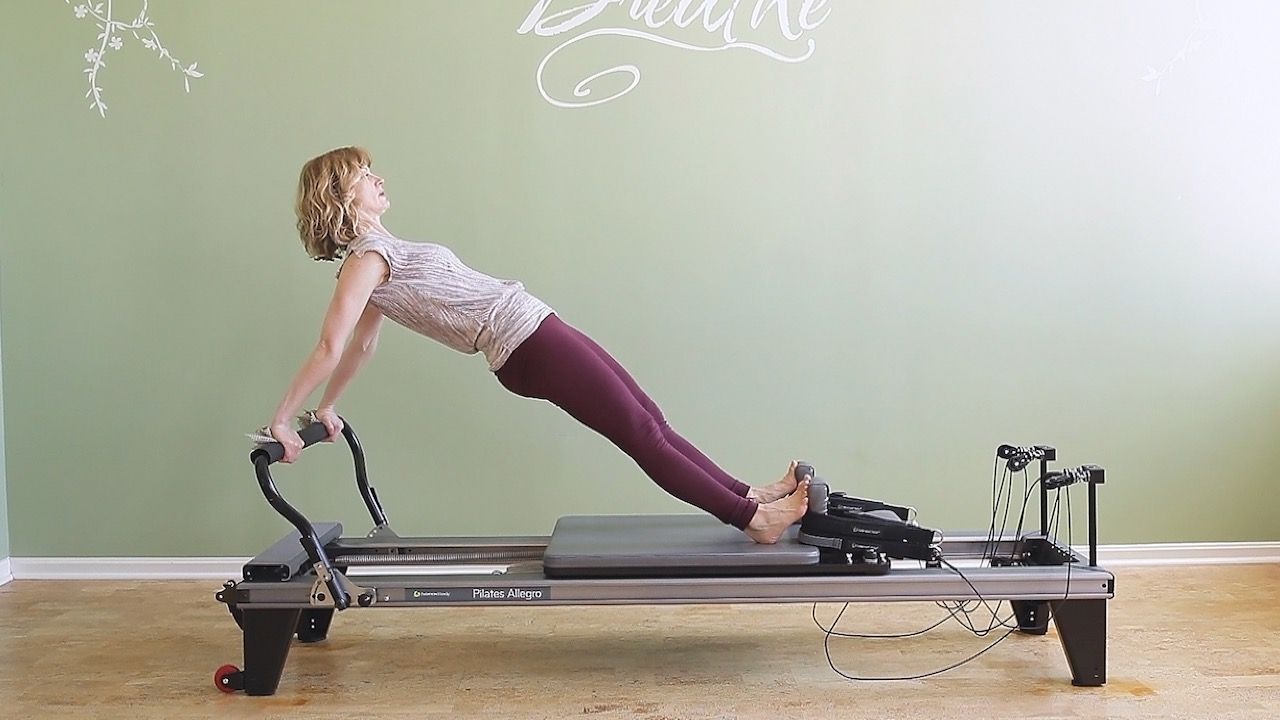How Do I Keep Track of Repetitions During Teaching
Dec 21, 2016
I recently received this question from one of my members:
I'm having a hard time figuring out how long to teach a movement. Should I mentally count how many times the class has done the exercise? Shall I count repetitions, watch the clock, or observe how everyone is moving?
I bet you know the answer to this yourself. I'll give you a moment to read over your own question again and see if you can get an intuitive answer.
Take your time. I'll wait.
I'm pretty sure your instinct (or Pilates knowledge) brought you to the conclusion that the last suggestion of your question is the right answer. If you haven't yet read my article about why you should stop counting repetitions, so do it now.
Let’s bring to mind the following phrases:
Quality over quantity. Less is more. Smarter not harder.
I promise you I really don't count repetitions, but I completely understand that measuring our progress with quantity it is such an ingrained concept in our society that it seems almost rebellious to go against that. We are used to tracking everything, from our calorie intake to the number of unfinished tasks visible via a small app badge on our phones. How else are we to compare our results or know that we are making progress.
I’m sorry to say, but you will have to let go of that. It's not quantity that matters it's quality of movement that matters. We say “practice makes perfect.” Well, if you don’t pay attention to quality, then you practice imperfectly, hence becoming perfect at imperfection (Thank you to Brent Anderson from Polestar Pilates for this neat reminder that I will always remember).
Joseph Pilates himself said “A few well-designed movements properly performed in a balanced sequence, are worth hours of doing sloppy calisthenics or forced contortions.”
Romana Kryzanowska used to remind us that “The only reason to repeat an exercise in Pilates is to do it better than the one before.”
Let me give you a few tips how you can focus on your student’s alignment and have the time to correct them while still keeping the class flowing.
1. Alternate arms or legs immediately
If possible choose an exercise variation in which you alternate the right and the left side immediately, such as Bridging with single leg lift: hold the bridge position and lift one leg into tabletop then alternate. This way it doesn't really matter when you stop or move on to the next exercise. Worst case, some of your students did one too many repetitions on one side. Compared to how imbalanced we move all day long, this is really no big deal.
2. Don’t be afraid of repetition
It gets a little bit trickier in the Side Series. Since you don't switch sides immediately, it’s easy to get distracted by one student or one thought that you want to drive home, and spend more time than necessary on one side. Typically, we spend more time on the first side because we have more details to instruct. On the second side our students already know what we want from them, which often results in less time spent in the exercise. We feel silly saying the exact same thing twice, although it would be helpful. Knowing this, make a point in going through all the steps of the set up of the exercise. The repetition or cues can serve as a sort of alignment mantra.
3. Start on the other side
Another way to fix this is to begin on the other side in your next class. I'm sure you have a certain flow to your class, which is helpful in the beginning. Once you feel comfortable instructing the class, switch it up by starting Mermaid on the right side instead of the left like you usually do.
This also keeps your students’ minds alert. They never know what's going to come next, even though they do know the exercise itself.
4. Remind them to honor their own body.
You could do an experiment, such as continuing to teach the same exercise until everyone has “given up”. If you bring everybody to the point where they have to take a break then you “force" them to honor themselves.
To be fair, give them a heads up about what you’ll be doing and why. “I want you to work for yourself not for me. I want you not to care whether you do the same amount of repetitions as your neighbor on the mat. We are going to play the following game: I will teach the next exercise and I will not stop until everyone has taken a break and restarted after a little while when they felt ready.”
5. Get a Feeling for it
Over the years I've developed a feeling for how long it takes to teach five repetitions of an exercise. Practice by talking yourself through five or six repetitions. Practice this a lot. After a while, you will sense when those five repetitions are over. And if it's six repetitions once or four repetitions another time, it doesn't matter that much.
6. Watch your student’s form
Watch your class and when they start to lose their form it's time to move on. When the majority (or 50% of your class) starts to lose their form, then it's time to move on to the next exercise, or to take a break.
Related: The Cueing Cure: Dramatically Improve Your Verbal Cueing in 30-Days
Hope that was helpful,










